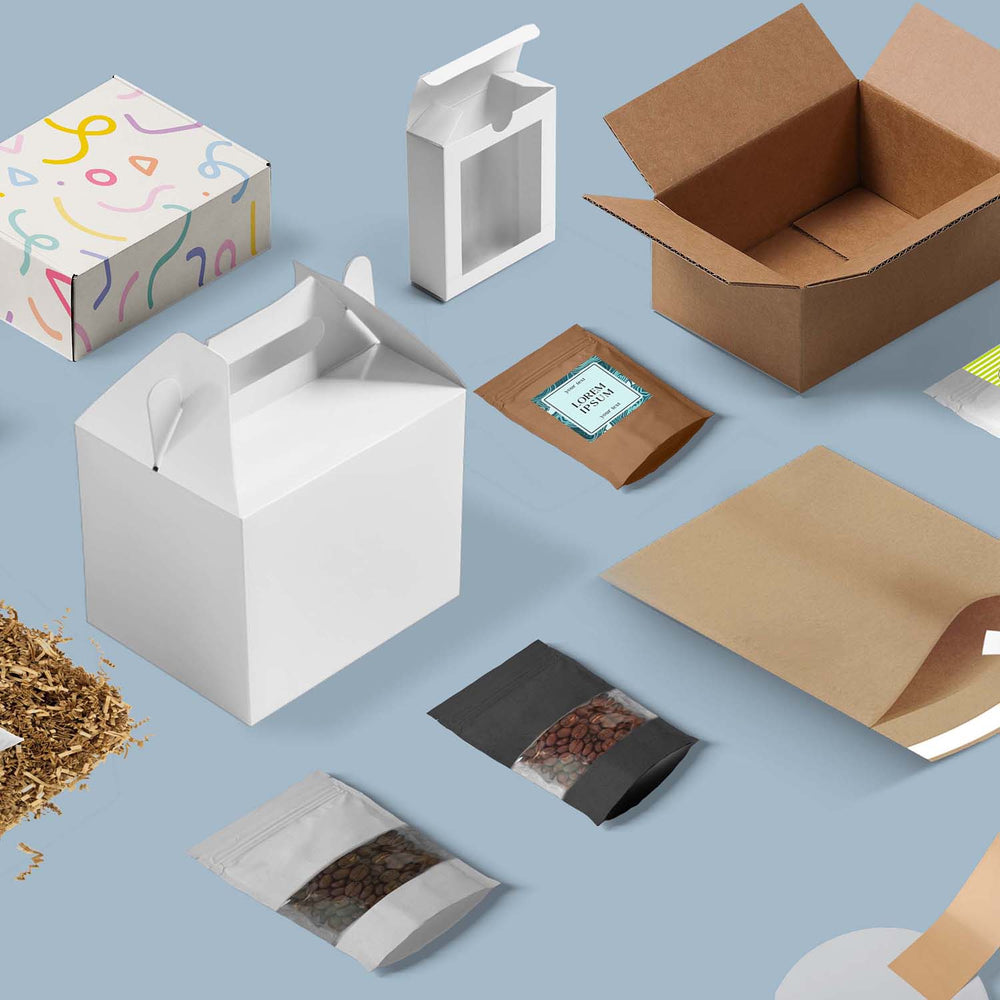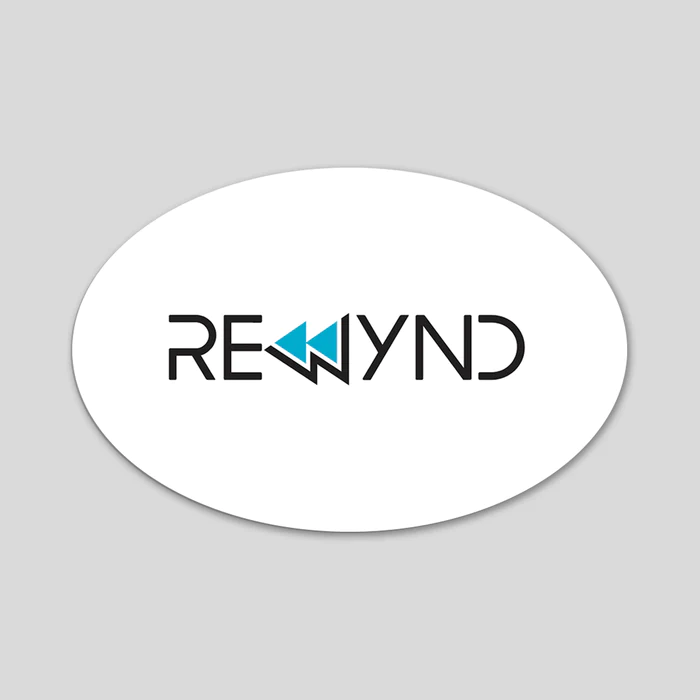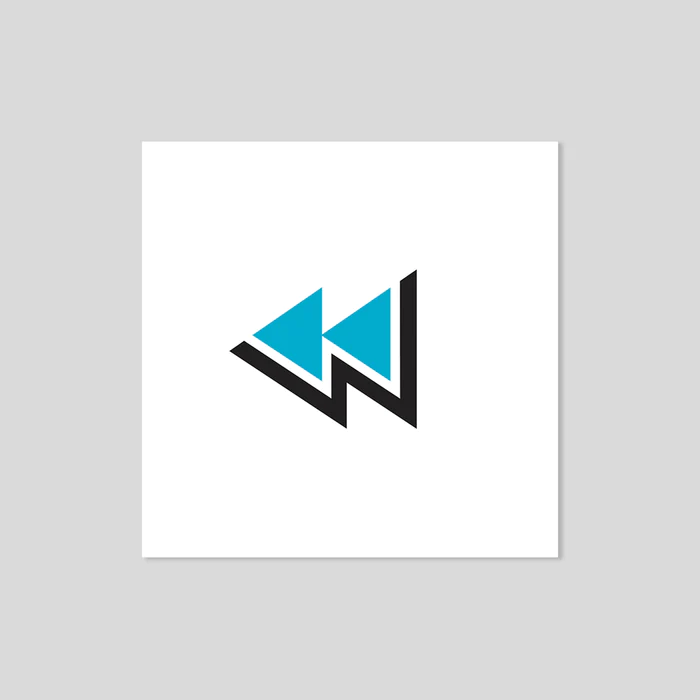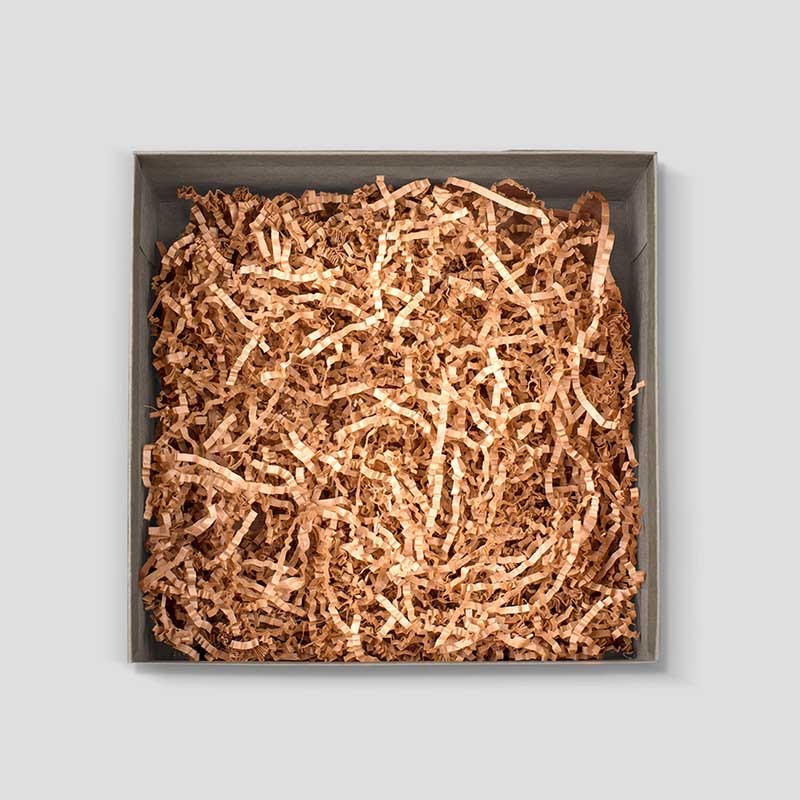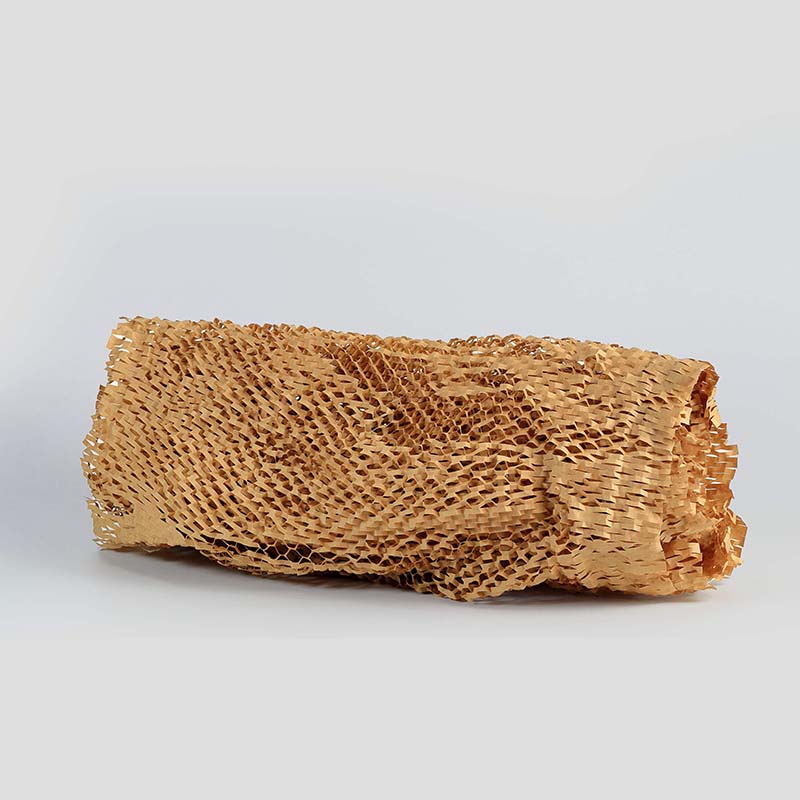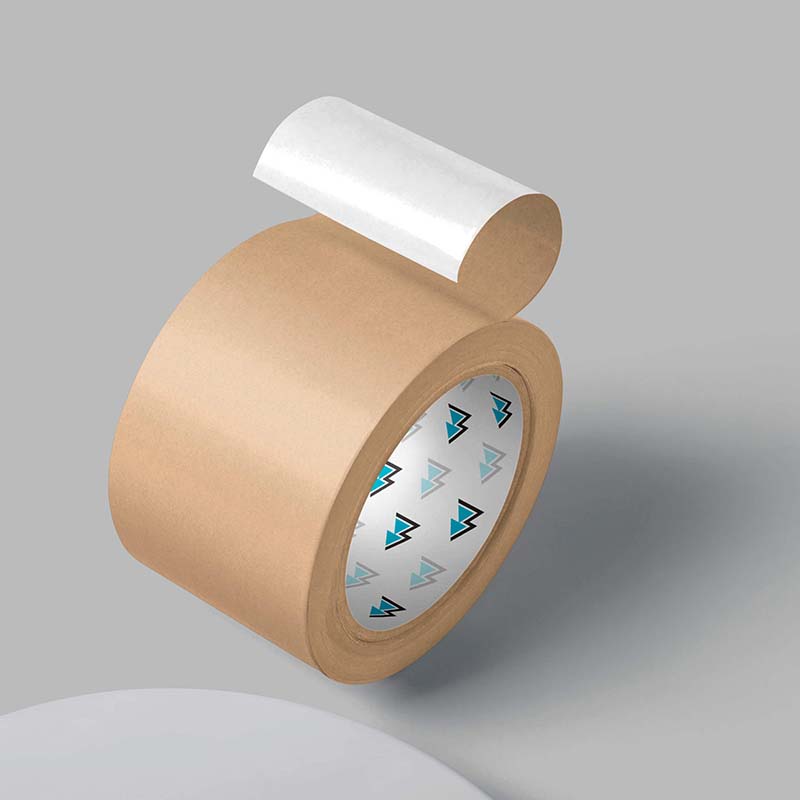Artwork Uploading Guidelines
Document Colours- Create your files in CMYK, not RGB, as the colour mode.
- Choose ISO-coated V2 colour profiles when saving your files:
- Rather than using 4c for black text, set the font's colour to 100% K/Black.
- Instructions for special colours: Use knockout rather than overprinting to generate any regions where a different process colour (CMYK) is overlaid on a special colour to prevent mottled or patchy colours. Similar to how special colours above CMYK colours should be removed.
- The file should be prepared in grey-scale if you are ordering a grey-scale item.
- To ensure a great print outcome, we suggest making grey regions in different hues of black.
Files in Original Size
- Your files should be created in their final trim size.
- Your files will, if at all possible, be scaled automatically to fit the order format (without bleed). Please be aware that converting from a smaller format to a larger one may result in a loss of resolution quality.
- The proper trim and bleed
- Always increase the size ordered by a trim allowance.
- The trim margin for products in standard packaging: 3 mm
- 1 mm envelopes
- Never use borders to completely enclose the front or either side. Due to the mechanical cutting limitations, they may be partially sliced, which might also affect how the finished product looks.
Security Margin
- All contents should be kept at least 3 mm away from the finished size's edge.
- To prevent white lines from appearing, make sure colours, background images, and layouts extend into the bleed region.
- We reserve the right to use a mirror to create a trim for artwork that doesn't have a trim allowance or that has been scaled. From the inside edge to the outside edge, the missing millimetres are mirrored.
- Graphics and Images 250 dpi is the resolution recommended for graphics and photos.
- 250 dpi for grayscale and colour images
- Line art (like drawings and texts with small letter sizes): 1.200 dpi
Weights in Line
- The minimum line thickness is 0.125 points.
- Avoid using borders to enclose the entire page. Caused by mechanical cutting tolerance, they may be partially sliced, which may affect how the finished product looks.
File types
- Always store your files in formats that are print-ready and non-editable, ideally PDF (PDF/X-4)
- In your PDF files, avoid employing multiple layers (Optional Content). Keep the original opacity to prevent colour space conversion.
Embedded Fonts or Paths
- Convert fonts to paths or embed them to avoid typeface discrepancies. Make sure the font code in the PDF file is appropriate and use fonts without any licence restrictions.
- Make sure the background and font colours contrast effectively enough.
